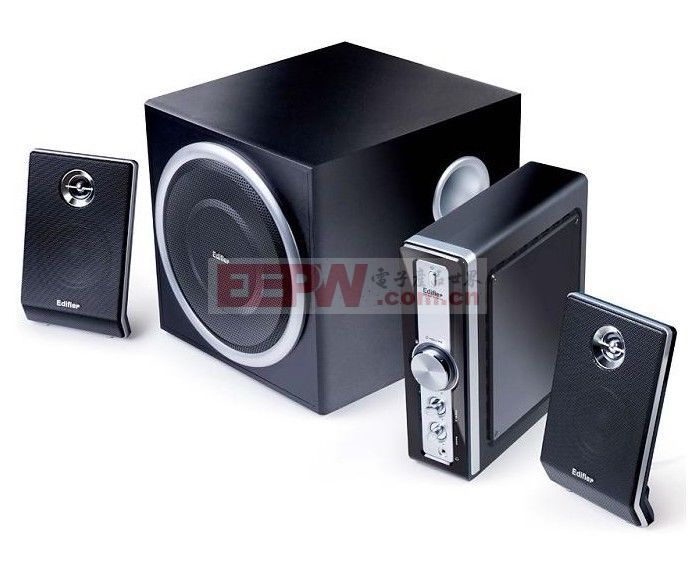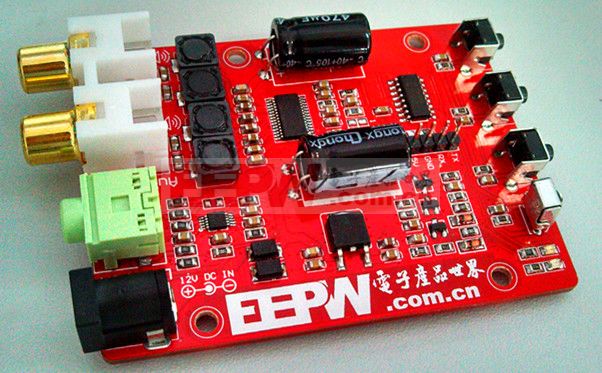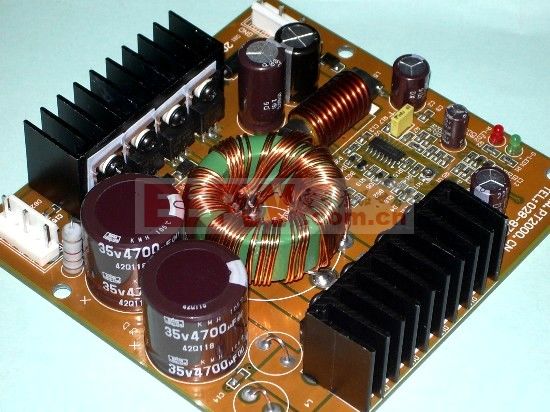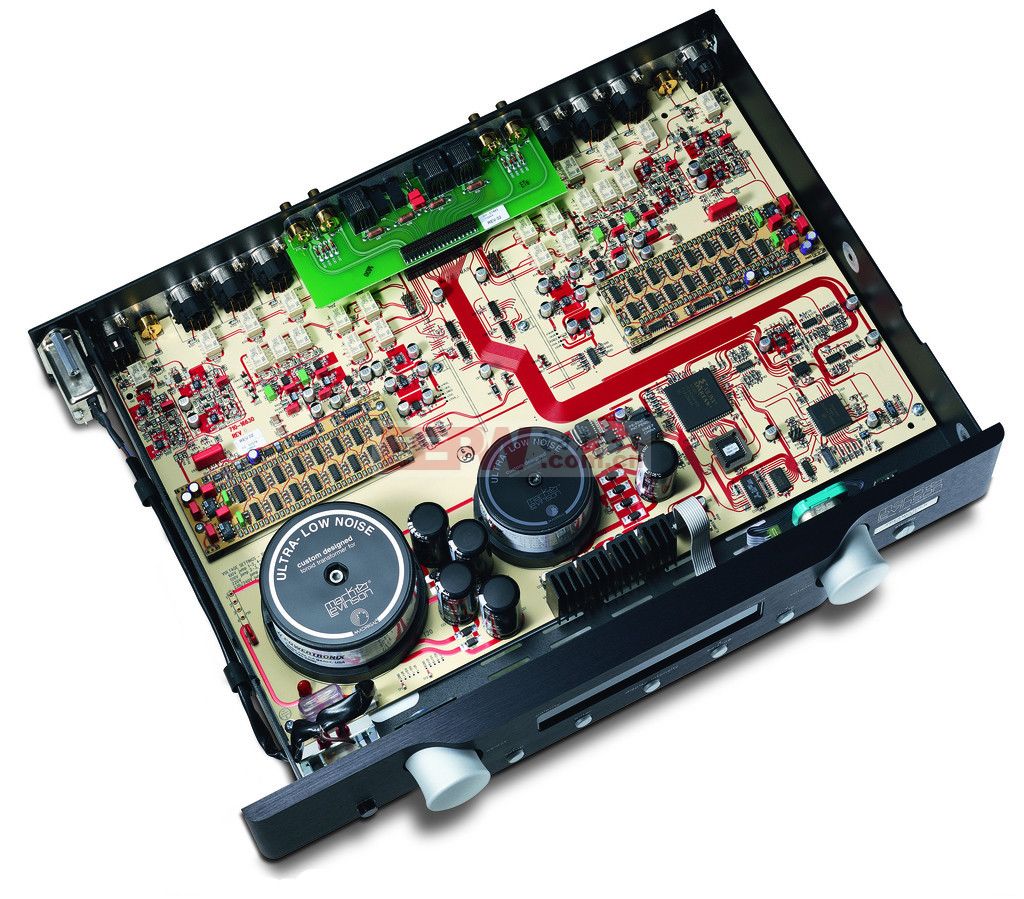Introduction: A power amplifier, as its name suggests, is a device that amplifies power. But what exactly is the principle behind a power amplifier? Let’s dive deeper and explore how it works in detail.
First, Understanding the Power Amplifier – What Is PA?
A power amplifier, also known as a PA, is an essential component in audio systems. Its main function is to take a small input signal and increase its power so that it can drive speakers or other output devices effectively. This process ensures that the sound produced is clear, powerful, and of high quality. The power amplifier plays a crucial role in determining the overall performance of any audio system.

Second, The Principle of Power Amplifier – Working States
Power amplifiers operate in different working states, primarily classified into three types: Class A, Class B, and Class AB. Each has its own advantages and disadvantages:
Class A amplifiers have their operating point set in the middle of the linear region of the output curve. This allows current to flow throughout the entire cycle of the signal, resulting in low distortion but poor efficiency and limited output power.
Class B amplifiers, on the other hand, have their operating point at zero base current. This means the signal only flows for half of the cycle, leading to higher efficiency and greater output power, but with more distortion.
Class AB amplifiers combine the best of both worlds. They operate between Class A and Class B, allowing current to flow for more than half a cycle but less than the full cycle. This reduces distortion while improving efficiency, making them widely used in modern audio systems.

Third, The Principle of Power Amplifier – Basic Components
A typical power amplifier consists of three main parts: the preamplifier, the driver amplifier, and the final stage power amplifier. Each plays a specific role in the signal chain:
The preamplifier is responsible for matching the input signal, ensuring it is properly conditioned before being passed on. It has a high input impedance and a low output impedance, which helps maintain signal integrity and reduce noise.
The driver amplifier acts as a bridge between the preamplifier and the final stage. It further amplifies the signal to a medium power level, preparing it for the final stage.
The final stage power amplifier is the most critical part. It takes the medium power signal from the driver and boosts it to a high power level, capable of driving speakers. The performance of the entire amplifier largely depends on this stage.

Fourth, The Principle of Power Amplifier – How It Works
The primary goal of a power amplifier is to increase the power of an input signal. This is achieved using either a triode (transistor) or a FET (field-effect transistor), depending on the design.
For example, with a triode, a small input current at the base causes a much larger current to flow at the collector, due to the current gain (β). This amplified current is then isolated using a capacitor to produce a large output signal.
In the case of a FET, the voltage at the gate controls the current flowing through the channel. By amplifying the input voltage, a large output signal is generated. Whether using current or voltage control, the power amplifier effectively increases the signal strength, making it suitable for driving loudspeakers or other high-power devices.

Understanding the principle of power amplifier is key to designing and optimizing audio systems. Whether you're building a home theater setup or a professional sound system, knowing how these components work together will help you achieve the best possible sound quality.
I-type Inductance Core,I Inductor Model,Ring I-type Inductance,Design Of I-Shaped Inductor
Xuzhou Jiuli Electronics Co., Ltd , https://www.xzjiulielectronic.com